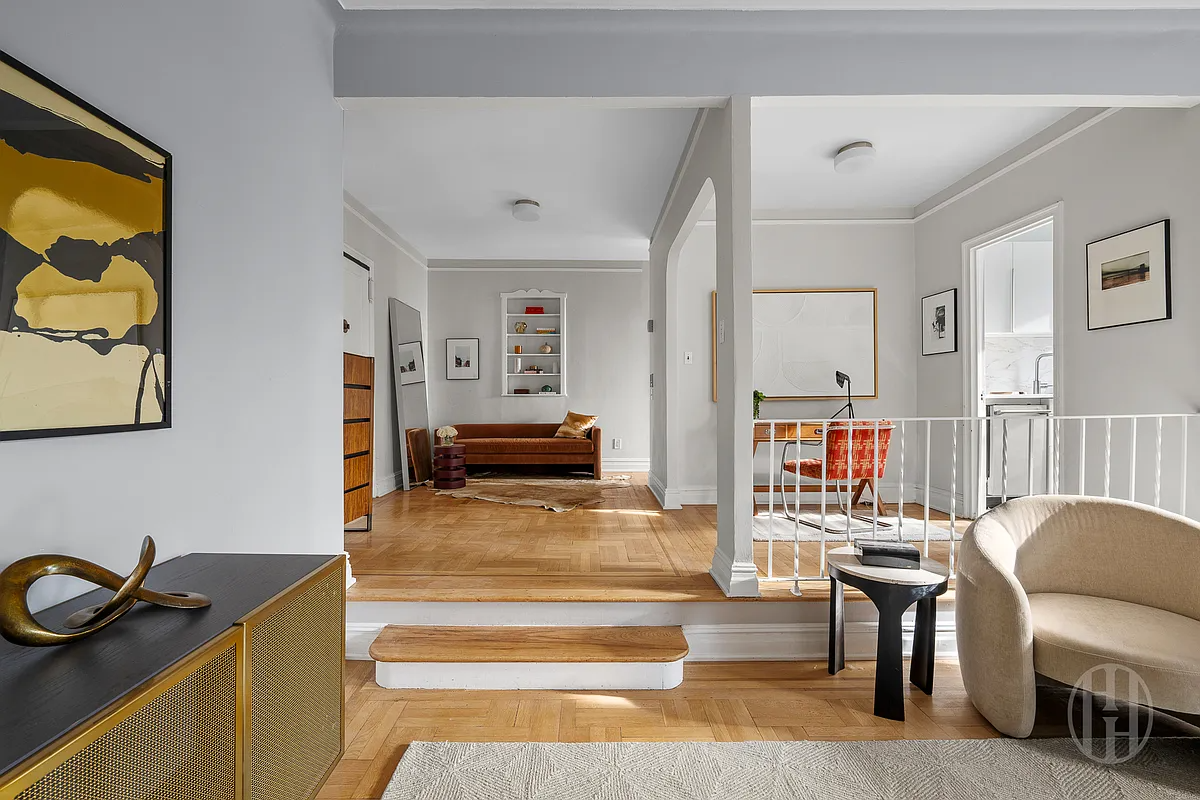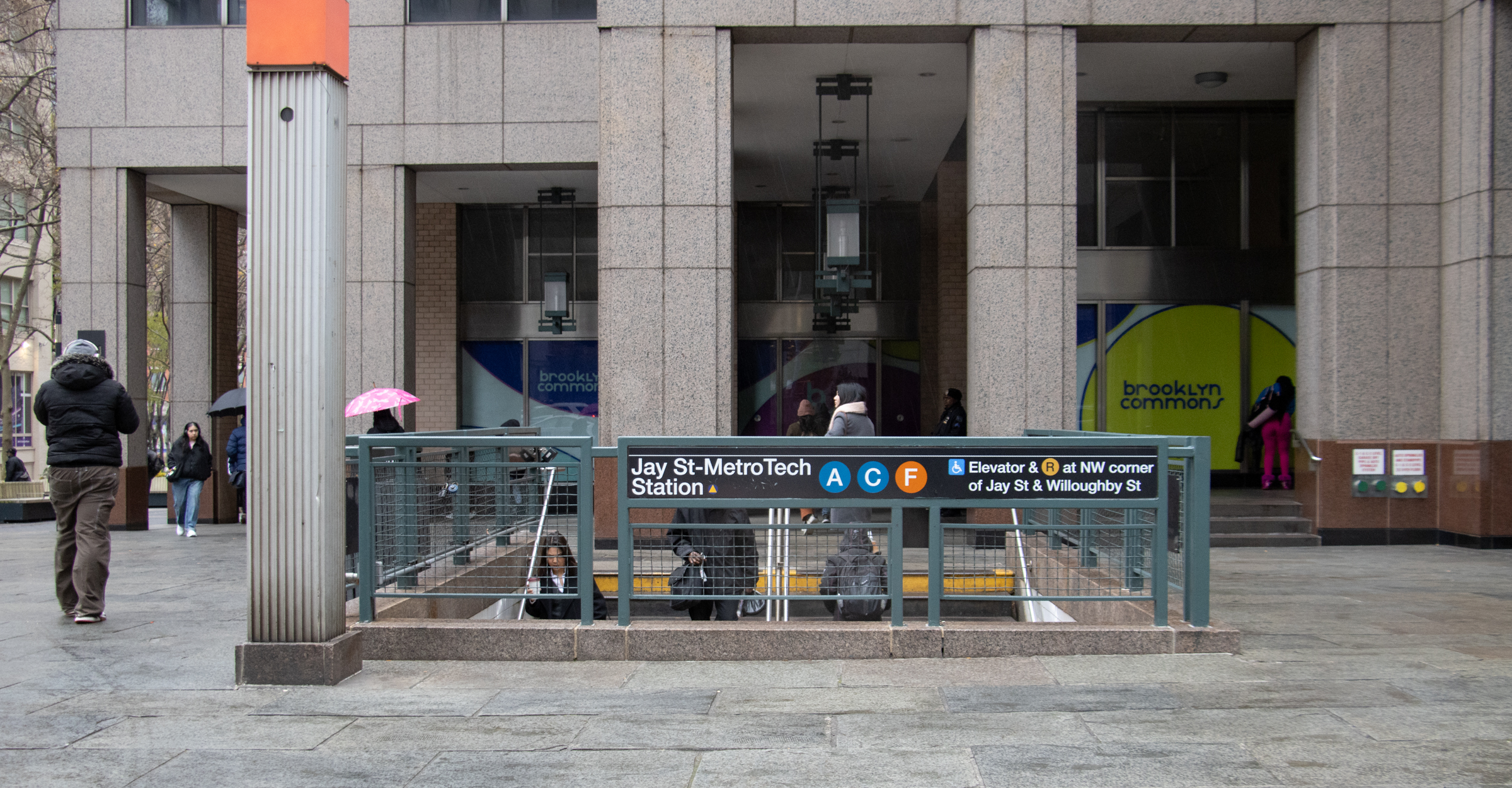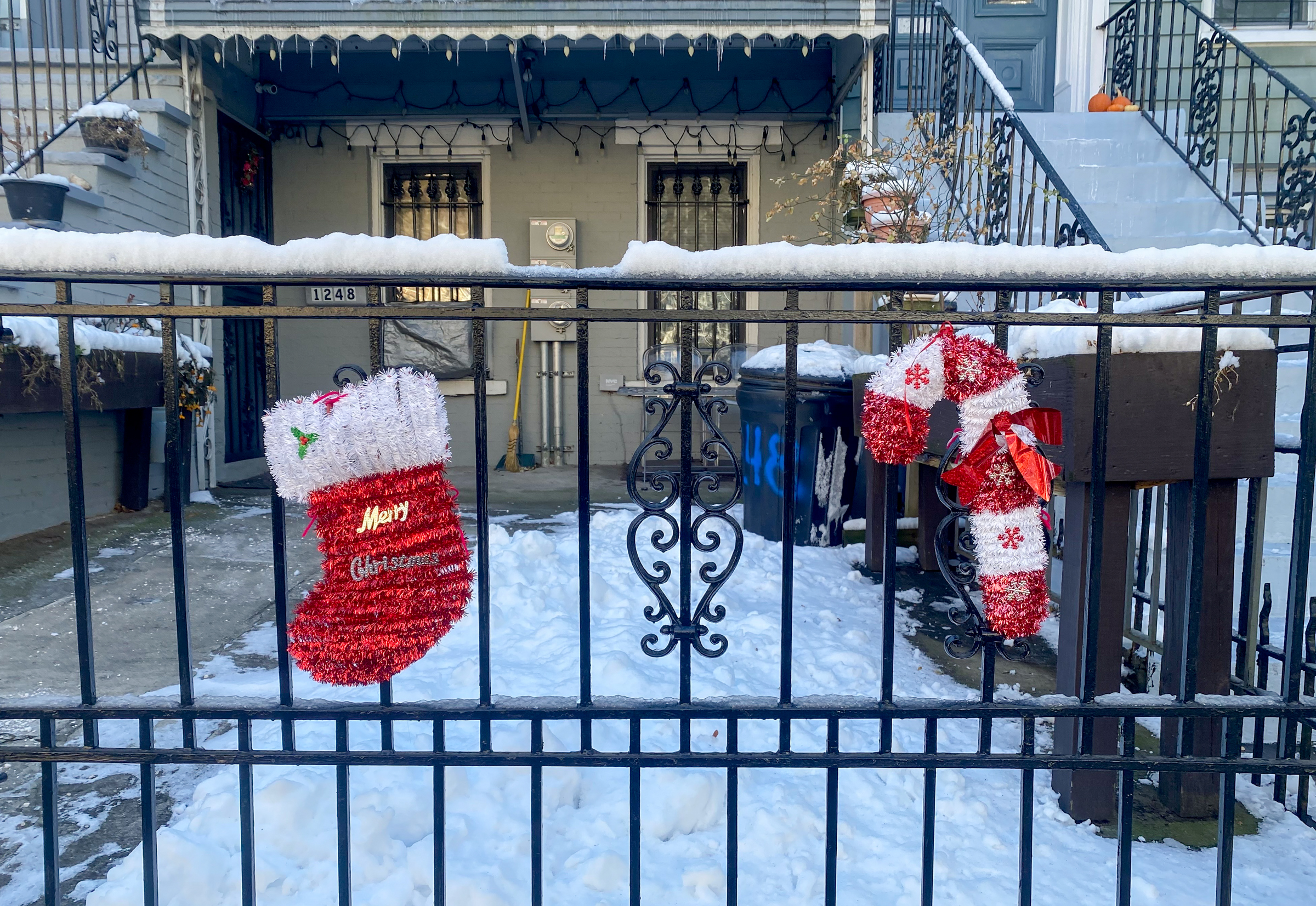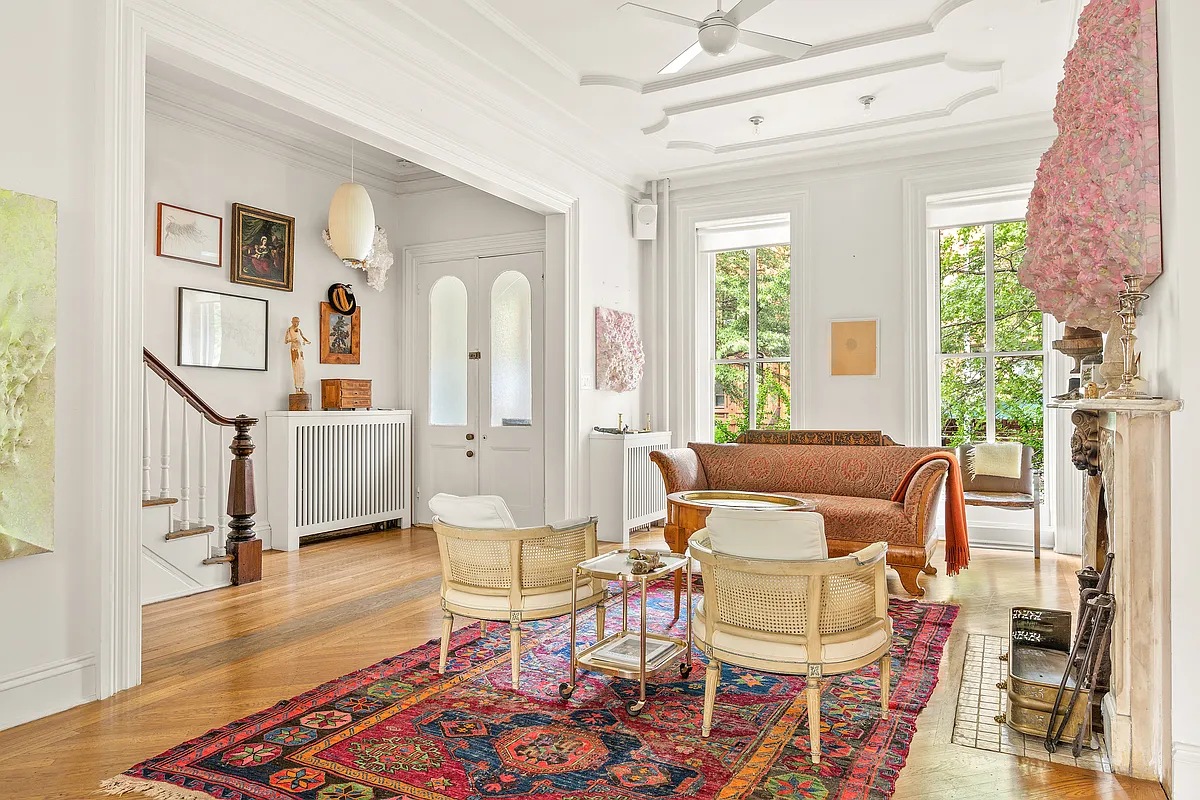Marketing PLG a Century Ago--And Now
Bob Marvin comes through again! Our discussion of 68 Midwood Street on Monday prompted the hardcore brownstoner to scan this ad he had in a frame on his wall. The advertisement shows 68 Midwood and its neighbors at top and some smaller houses one block over. The former were offered for $11,000 and the latter…


Bob Marvin comes through again! Our discussion of 68 Midwood Street on Monday prompted the hardcore brownstoner to scan this ad he had in a frame on his wall. The advertisement shows 68 Midwood and its neighbors at top and some smaller houses one block over. The former were offered for $11,000 and the latter $7,500. According to our calculations, if 68 Midwood Fetches its asking price of $1.495 million, the house will have appreciated at an un-bubblicious annual compounded rate of just under 5%.
 In other PLG news, The Post gave the nabe a glowing profile yesterday:
In other PLG news, The Post gave the nabe a glowing profile yesterday:
If you’re panning for real-estate gold, you can strike the mother lode with Brooklyn’s Prospect Lefferts Gardens. It’s an increasingly popular neighborhood full of gorgeous townhouses, but it’s also a place where real-estate bargains still exist.
The article pegs price ranges for Lefferts Manor at between $1 million and $1.6 million and $625,000 and $875,000 for greater Prospect Lefferts. It also notes that there are currently NO condos in PLG–though some are in the works.
HOTD: Midwood Not Mid-Priced [Brownstoner]
PLG: Hot Prospect [NY Post]





11,000 in 1901 is @ 243,712 in 2005 dollars.
Were Chicago wages the same as NYC back then? They are not now.
Bob, by “suburban sprawl” I meant the process of a developer building rows of nearly identical houses on previously open land. Today’s attached “townhouse” developments are as much suburban sprawl as are detached homes. I was in Vegas last month and most of the new developments are attached rowhouses clustered together like forts in the desert. But I see the distinction you’re making.
I found this snip below, albeit on Chicago in 1900.
I conclude that a upper/middle class new yorker (grossed) income of $1200-3000 per year. A blue collar person might be on $600 a year.
if a new york upper/middle class family today is on $100k gross then PLG houses are about the same, at a factor of 10x gross, in terms of affordability. Although back in those days I imagine there were not the wide range of debt instruments to let you buy such a place with 10% down.
So these houses were definitely for the upwardly mobile (laywers, supervisors etc) of the 1900s, not working class.
Interestingly this means that all park slope brownstone owners today should be about at the level of senior management, and imply a steady gross family income of $250k, or they are either lucky or waiting to be priced out of the neighborhood by property taxes and cost of living / maintenance (or they must cede increasing chunks of their sq footage to renters).
—
The Chicago Budget for 1900 gives an idea of the wages paid in the public sector. Some sample annual wages:
* Janitors (male) $720, (female) $540
* Coal passers $720-780
* Firefighters $840-1,134
* Patrolmen $1,000, Police Matrons $720
* Laborers $600
* Stenographer (female) $900, male clerks generally earned $900-1200
* Mayor $10,000
* Department Heads generally earned $3,000-6,000.
* A quite numerous class of assistants, chief clerks, lawyers, police and fire supervisors, etc., earned a comfortable middle class income of $1200-3000 per year.
—
To anon 11:43 – its all your perspective. Many people consider doctor lawyers banker as people with money. But if you think even lower-middle class had servants back then your perspective is obviously from the top. The lower middle class were workers just 1 step above servants. And that was just about everyone.
Anonymous 10:19 AM,
Actually developments like Prospect Park South, further south in Flatbush, were the “suburban sprawl” of their day (although that nabe’s incredible beauty shows how much standards have slipped in the last 100 years). Lefferts Manor (and much of the rest of PLG) is pretty much the only part of Flatbush that was built up with urban style row houses like Brooklyn (still a separate city from Flatbush when the Lefferts family first sub-divided their farm in 1893).
Anon.11:43,
I think Ed is right–basically what we’d call upper middle class people today. $11,000, 0r even $7,500 was a lot of money 100 years ago.
Anon. 10:05 is right that “the living room picture in the midwood st. listing looks just like the original in the ad…nice to see 100 yrs hasn’t changed that much”. There’s a lot of that in PLG, especially Lefferts Manor–the result of the single family covenant and extremely low turnover rates– IMO one of the nabe’s biggest attractions.
Sorry about the blurry scan–I didn’t want to remove the ad from the frame and the DOF of my scanner couldn’t cope with the image being raised so high off the glass.
As to the Post article, I think it was pretty good, but didn’t break any new ground. The same article seems to be basically recycled every few years (not just about PLG, but whenever any brownstone neighborhood is covered). Somewhere I have a reprint of a late ’60s Post article called (IIRC) “Fine Neighborhood in Prospect” that’s (also IIRC) remarkably similar.
It’s my understanding that these homes were aimed at “white collar” buyers – bankers, lawyers, doctors, etc. These people weren’t Vanderbilts, but they cerainly weren’t working class either. Think of suburbs like Westchester.
Bob, is Anon 10:57’s comment accurate? I always thought the LM homes were aimed at the middle-class, not people with money. That seems to be what the ad you supplied suggests. Of course in those days even the lower middle class often had live-in help. Just curious.